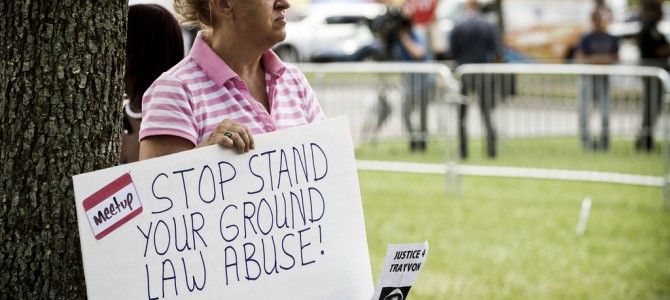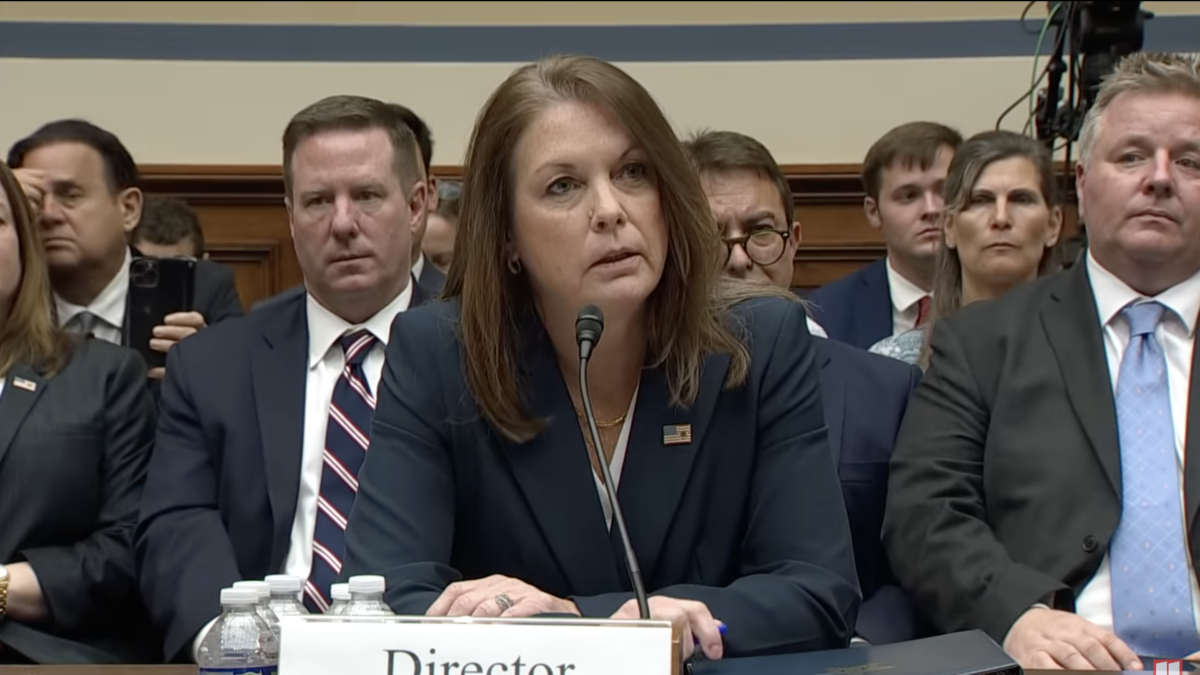John Roman is wrong.
John Lott is wrong.
If you garnered your understanding of racial issues vis-à-vis criminal justice from popular media outlets, you are likely wrong as well.
If you are expecting this to be a hateful, caustic hit piece on authors from whom I differ ideologically, I am afraid you will be disappointed. The truth is that I agree with Drs. Roman and Lott on about 80 percent of criminal justice matters, although I would assume we arrive at these conclusions from different, if not opposite, premises. Dr. Roman’s work on cost-effectiveness justifications for prison reform is great, and should be on the desk of every state-level policymaker in the country. Dr. Lott’s work challenging the orthodoxy built around crime issues is equally important.
However, I was disappointed in the extrapolation of the analysis and findings the popular, short form, and faux media have put forth on the July report “Race, Justifiable Homicide, and Stand Your Ground Laws: Analysis of FBI Supplementary Homicide Report Data.”
To be fair, Dr. Roman is very measured in the weight he puts behind the report’s findings; that process-based racial disparities are exacerbated by passage of Stand Your Ground-style (SYG) legislation, with the tenets of the Trayvon Martin case as the model. It is the erroneous interpretations of the report that are far less concerned with justifiable conclusions when relaying the content. These conclusions fit a preferred narrative, even if the data do not.
I am no stranger to the F.B.I.’s Supplementary Homicide Reports (SHR). After spending three consecutive years at the Interuniversity Consortium for Political and Social Sciences’s summer program analyzing macro-level aggregations of this dataset, I could recite each state’s multiple-imputation weight used to account for missing data in my sleep.
The rehabilitation process is progressing nicely.
There are three take-away points that have wholly escaped public discussion on the matter; items that, if given proper consideration, show that this issues is more of an ideological sounding board than a policy red flag:
1. Too multidimensional, describing too few cases. Think of all the contingency conditions put in play here – age of offender, age of victim, race of offender, race of victim, sex of offender, sex of victim, weapon used, and case outcome. To think that a demonstrable pattern can be seen in nine incidents out of twenty-three over the course of five years is simply incorrect.
For the sake of comparison, let us consider an equally-rare event: defenestration. Over the same time period, 15 individuals were killed by being thrown from of a window. A look at the race crosstabs shows that there are 10 black victims and 5 white victims. There is a strong element of racial homophily here, with the 10 black victims being thrown by a black offender, and all but 1 white victim were given flight by white offenders.
Even the heir to the fictitious Throne of the North was defenestrated.
So what, then, is the narrative here? Extrapolating the 66 percent black victims of defenestration onto the racial breakdown of the greater population, a black individual is 12 times more likely to be defenestrated than a white individual. Yet, people are not picketing Pella. We are not hearing about Champion Window and Door’s war on racial minorities. Media cover-up? No. The fact that these numbers are inscrutably small and describe nothing outside of these few incidents? Yes.
The SHR dataset is a terrible source for research on rare events. Of the 152 variables collected, all but 30 concern themselves with additional victims or accomplices. Only TWO (one even being contingent on the other) seek to offer a measure of context. There are likely elements of these 23 cases that convey vital context and are not captured in these two variables’ 39 total possible designations. Even in the non-contingent analyses, these variables are simply not powerful enough to diagnose latent racial animus in the jury box.
It is for these same reasons that Dr. Lott’s claims cannot be seen as gospel. The cases in which black defendants successfully assert SYG justification are simply too few-and-far-between and diverse in context. Remember, the plural for anecdote is anecdotes, not data.
2. SYG has nothing to do with the 2nd Amendment, for better or worse. Stand Your Ground legislation has nothing to do with the Second Amendment to the Constitution. While the latter (as seen post-Heller) establishes simply that citizens have the right to keep and bear arms, the former is a procedural element in the criminal code whereby someone charged with felonious conduct (from assault to murder) may take on the burden on an affirmative defense in an attempt prove that they feared for his/her life. They both have to do with guns-writ-large, hence the interest from some groups.
To this day, there are people who think that George Zimmerman was exonerated under Florida’s SYG statute. He was not.
People also believe that Michael Dunn, after opening fire on a carful of black teenagers and killing one, has been set free. He has not. In fact, he faces no less than 60 years of incarceration for the crimes he was found guilty of and will certainly die in prison. The reason that the one first degree murder count led to a hung jury is because it was overcharged, as prosecutors are wont to do in high-profile cases. Being a spur-of-the-moment flare-up between strangers, the district attorney was unable to substantiate the required element of premeditation.
I cannot speak for others, but I prefer a criminal justice system in which cases that fall short of capital offense criteria are not considered such.
3. The loudest opinions on SYG legislation and application are often the least informed. I do not believe that this warrants much discussion. Look at those who have weighed in on this case from both sides of the aisle. In nearly all instances, the facts have been twisted so as to fit their specific narrative. Quantitative analysis is not only sparse and barely justified, the items that do emerge are coopted to underscore a certain viewpoint. Still, kudos to Drs. Roman and Lott for not getting sucked in to the rancorous nonsense.
In the Racial Profiling chapter of the forthcoming Oxford Handbook of Police and Policing, Robin Engel and I discuss the latent fallacies in traditional police/race research. While detecting aggregate disparities is relatively simple, being able to identify biased behavior is far more difficult. Evidence identifying pervasively biased behavior is virtually nonexistent.
We live in a world where perception is reality and confirmation biases run wild. The use of unjustified shorthand narratives is counterproductive and is made worse when pundits discuss matters on which they have an opinion, but no substantive understanding.
Derek M. Cohen is policy analyst for the Center for Effective Justice with theTexas Public Policy Foundation, a non-profit, free-market research institute based in Austin. He may be reached at dcohen@texaspolicy.com.









